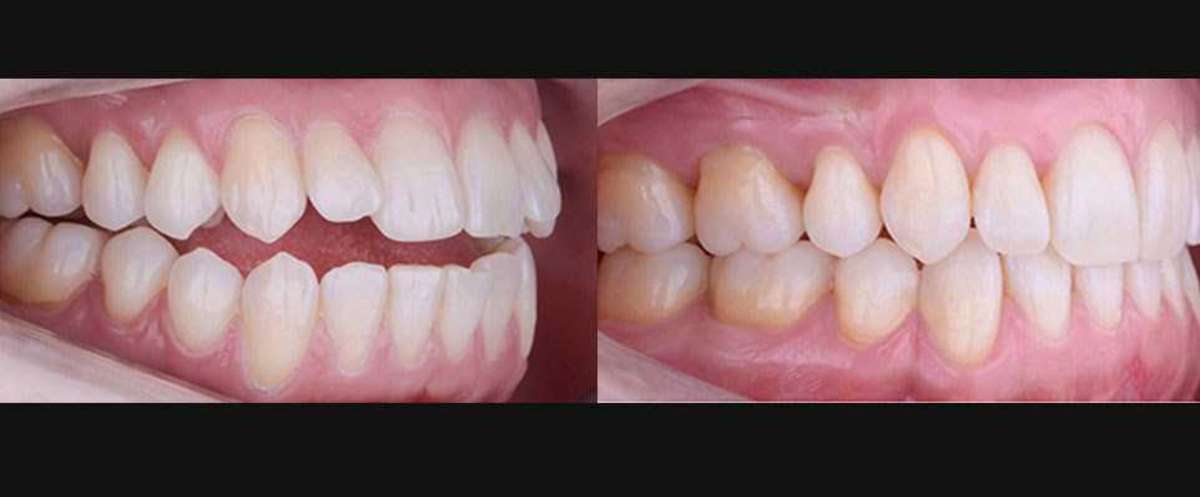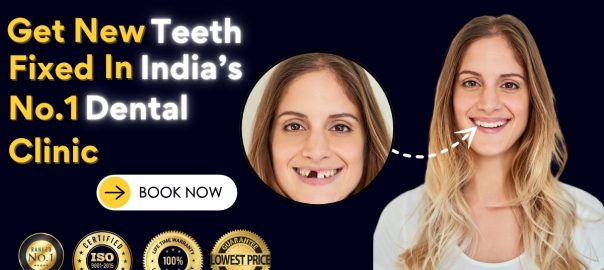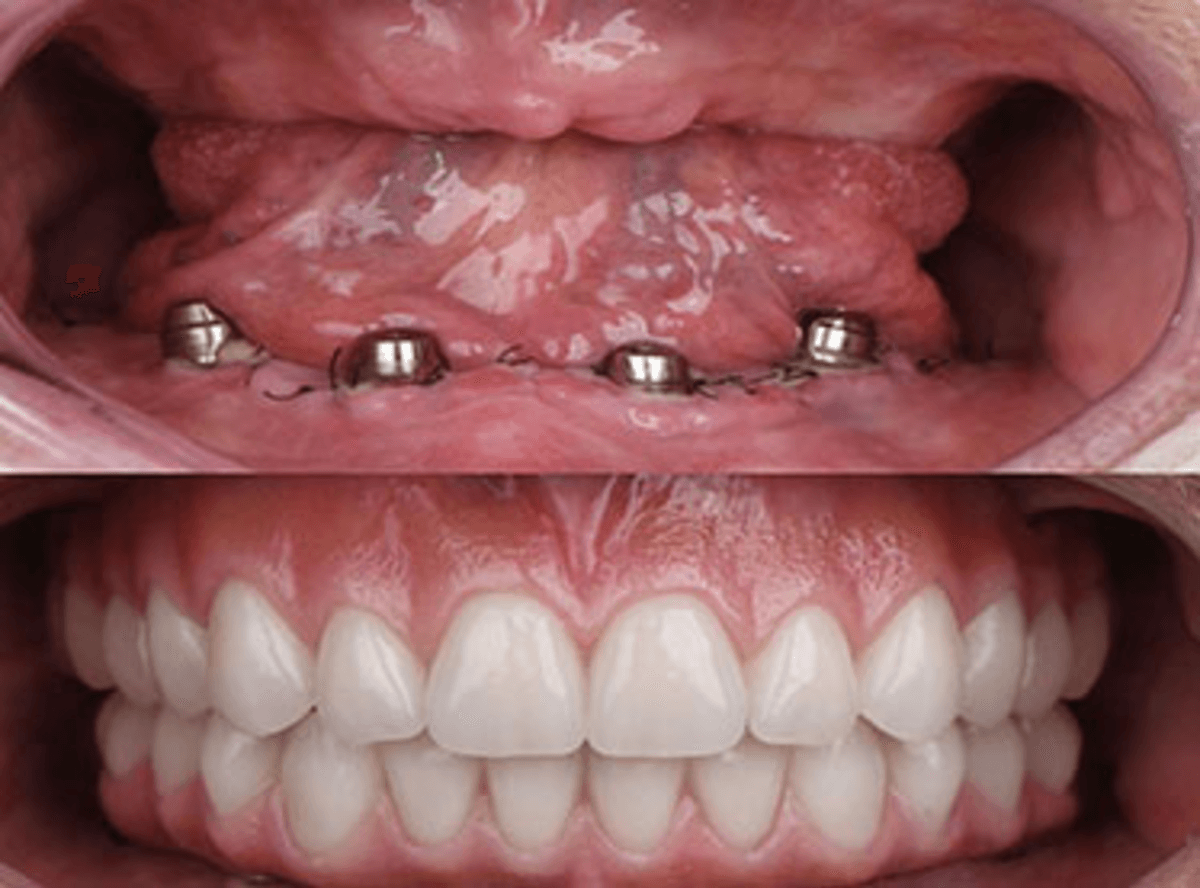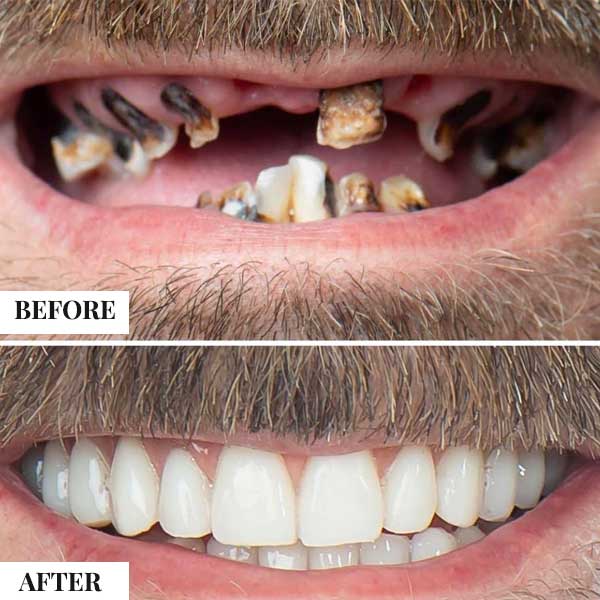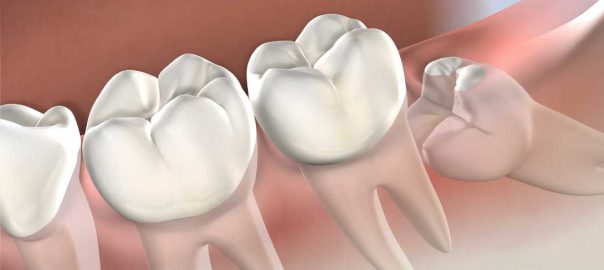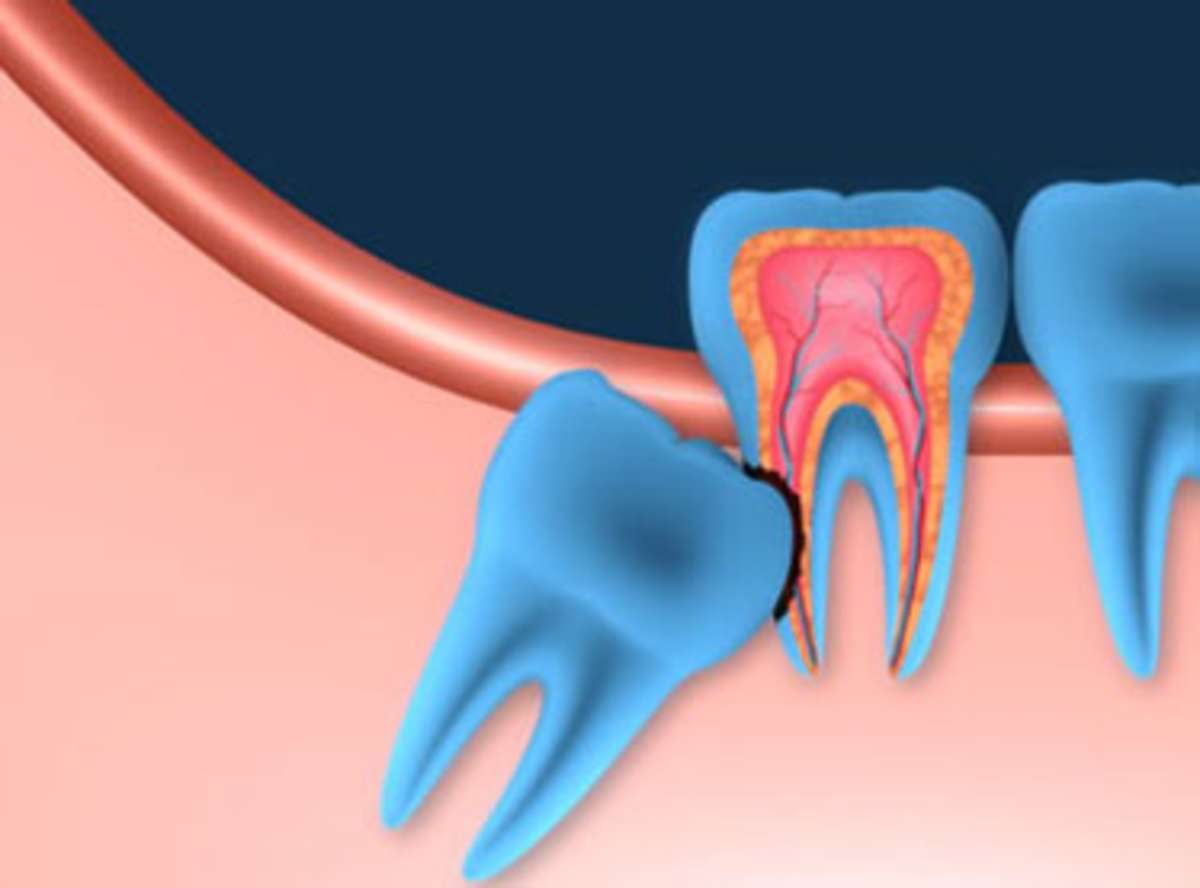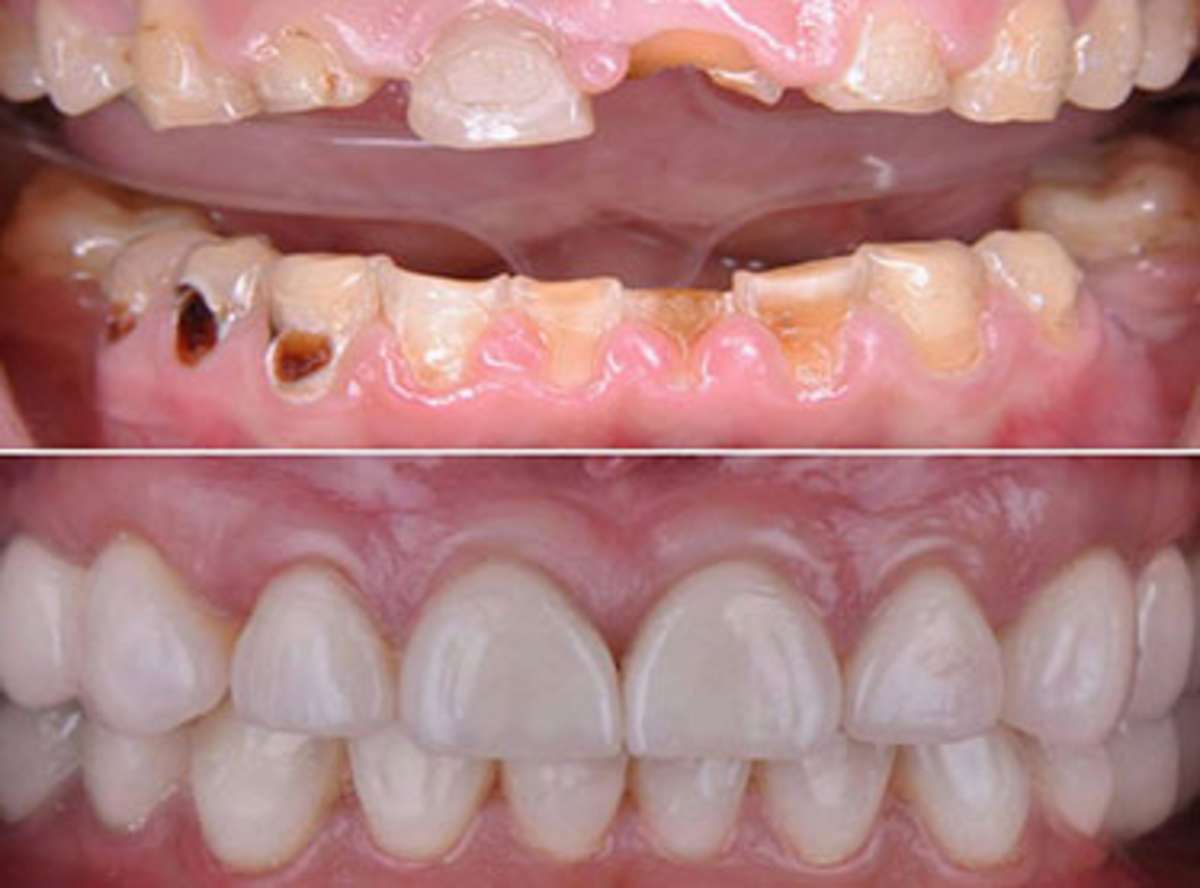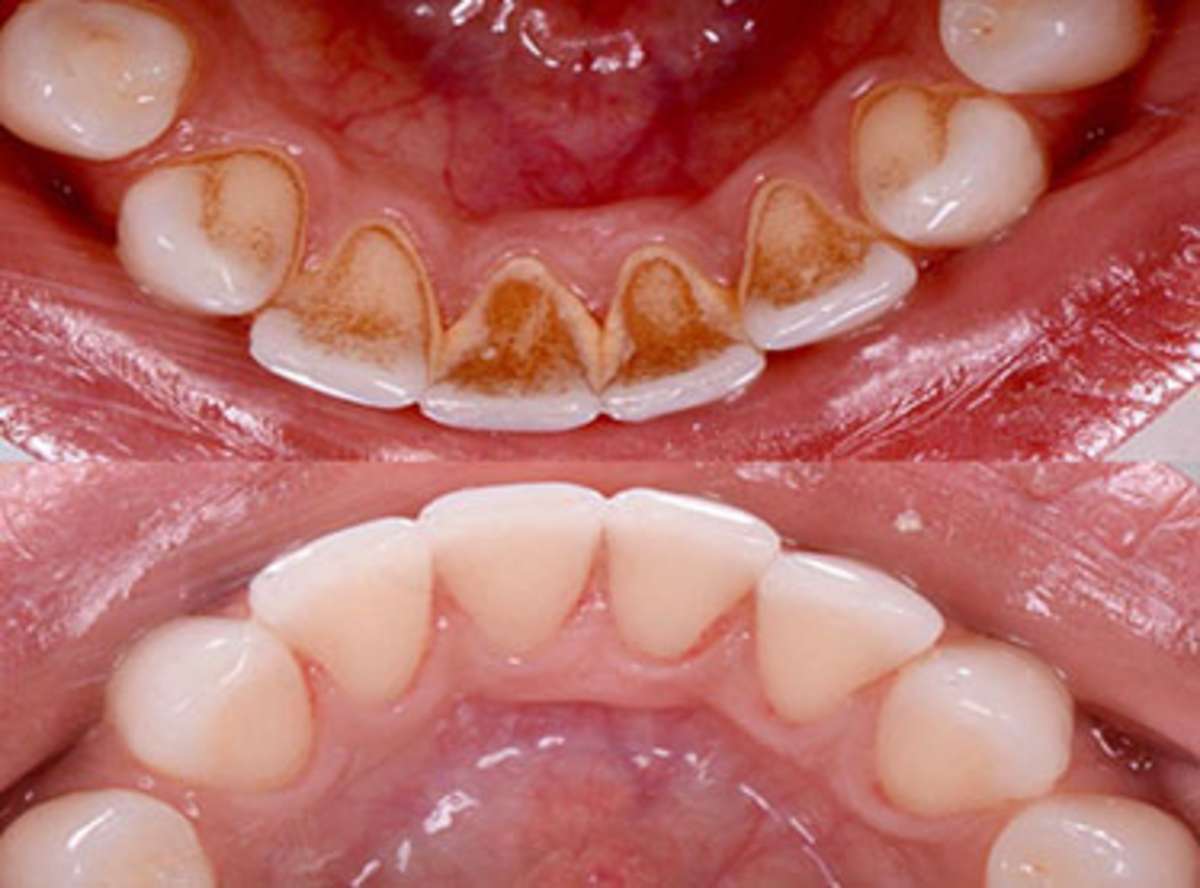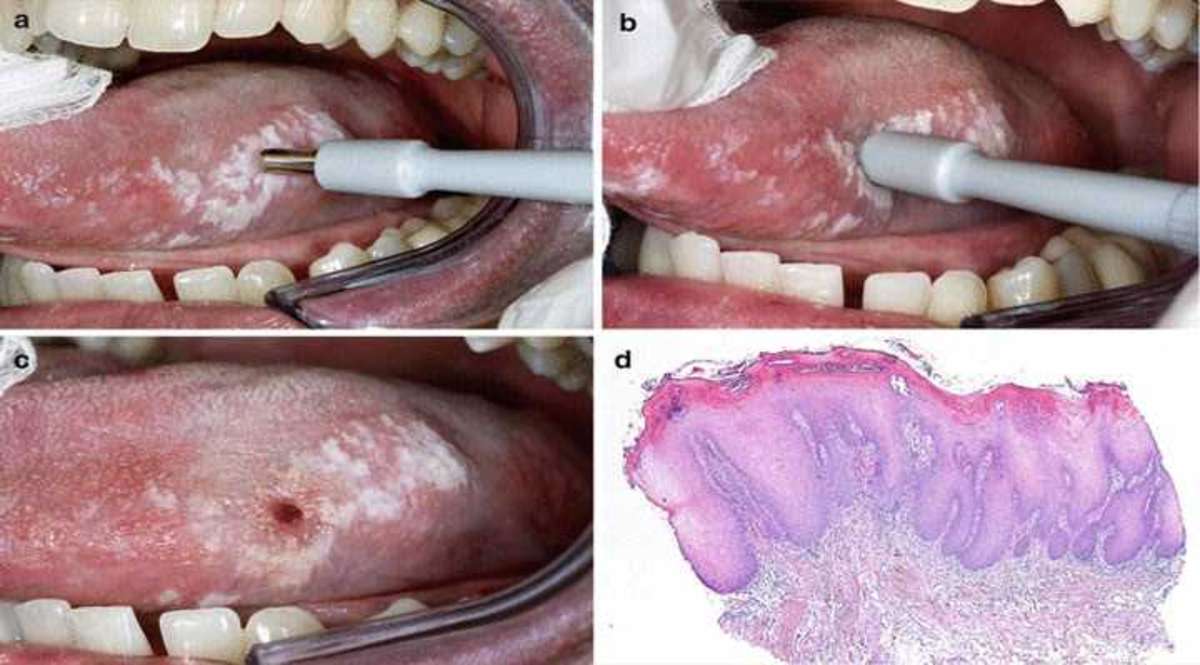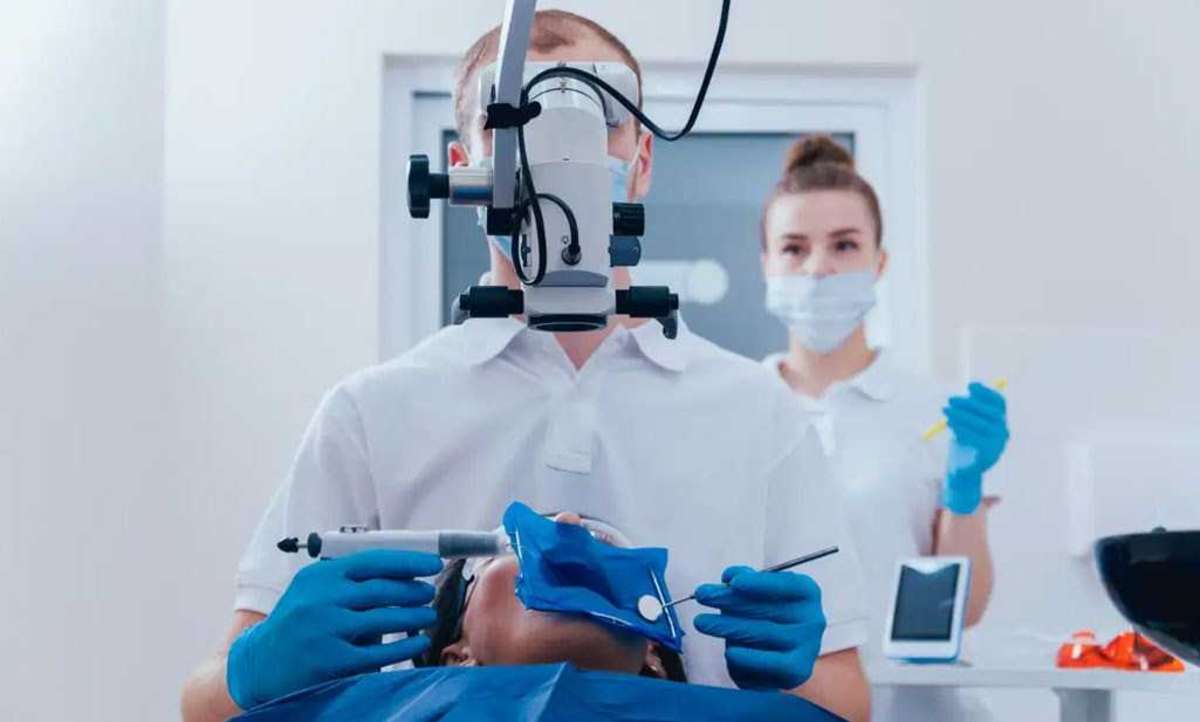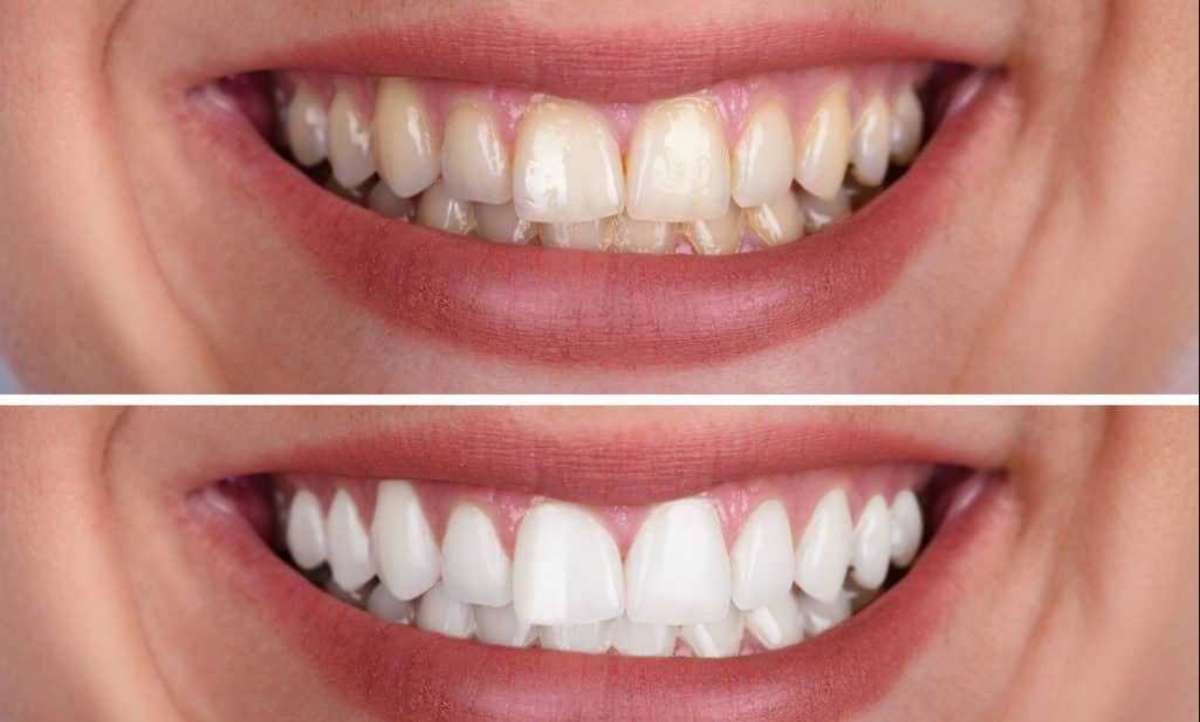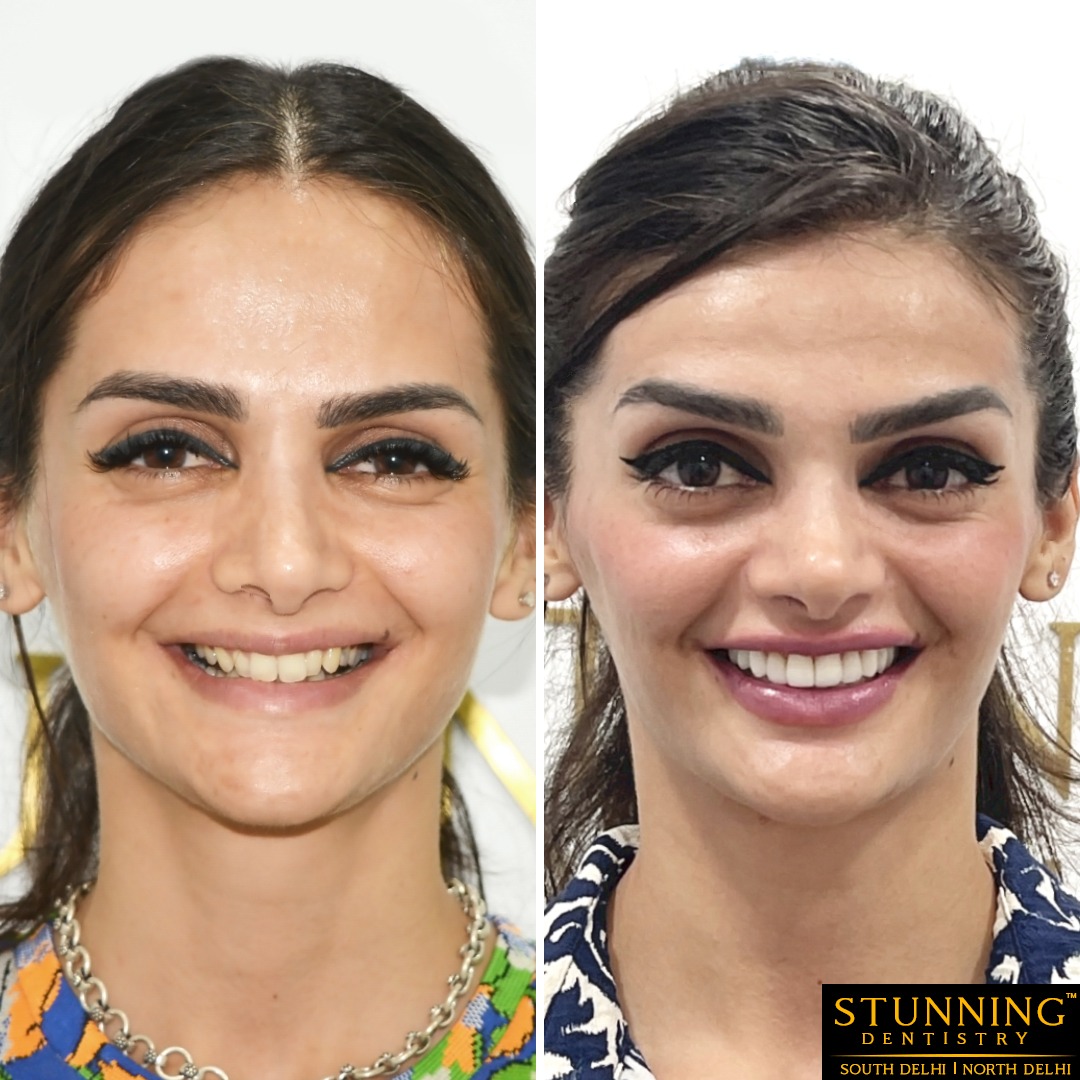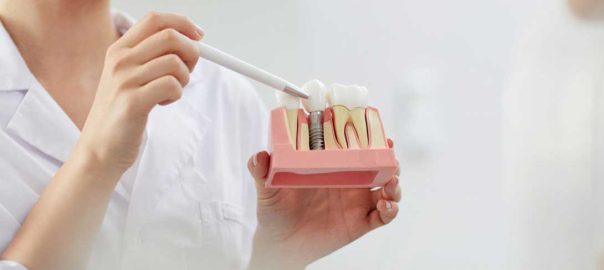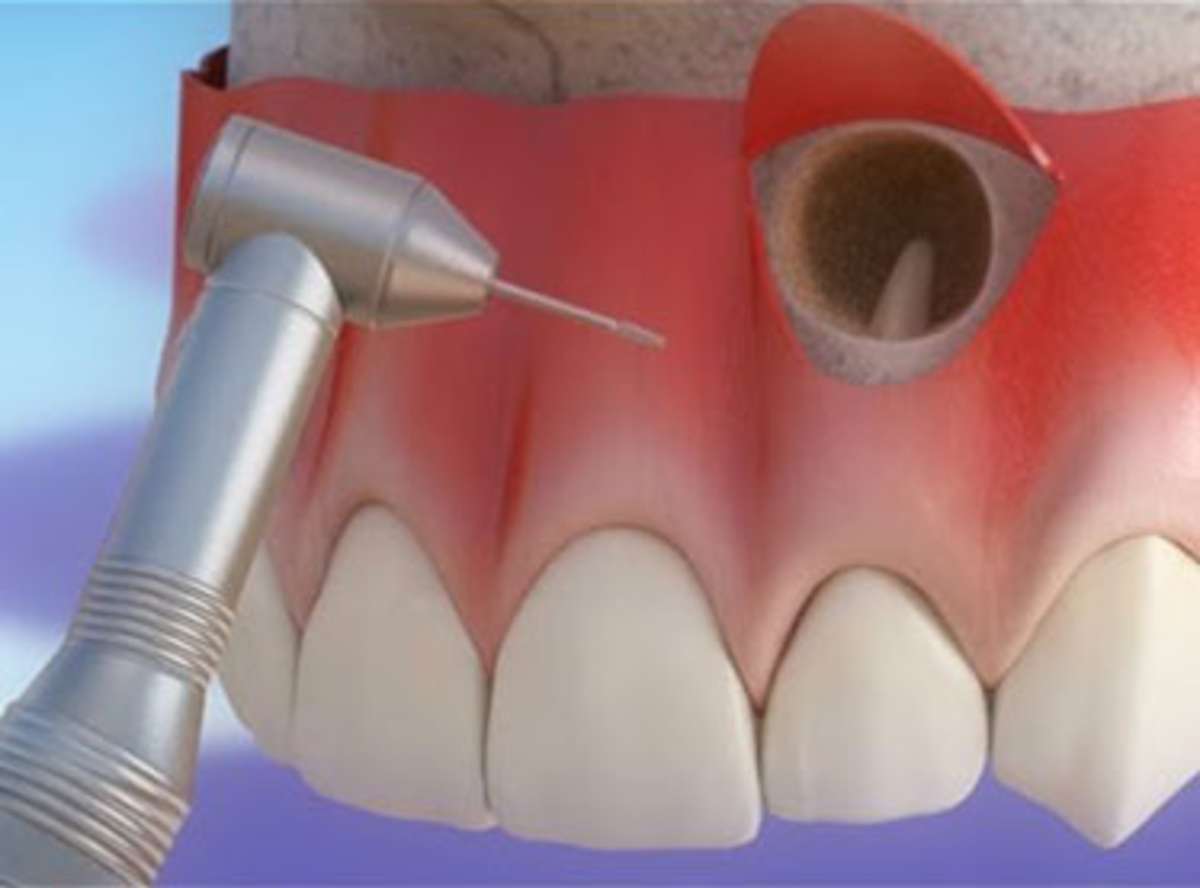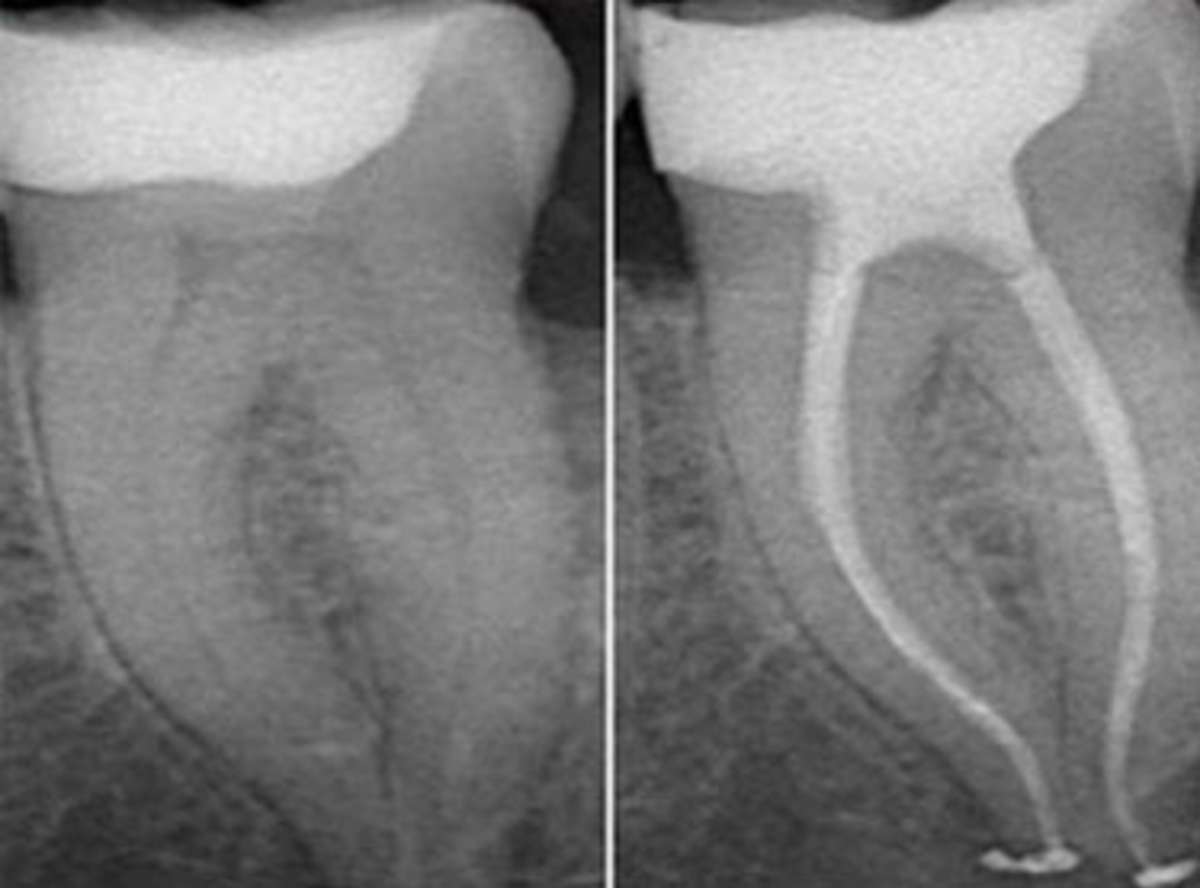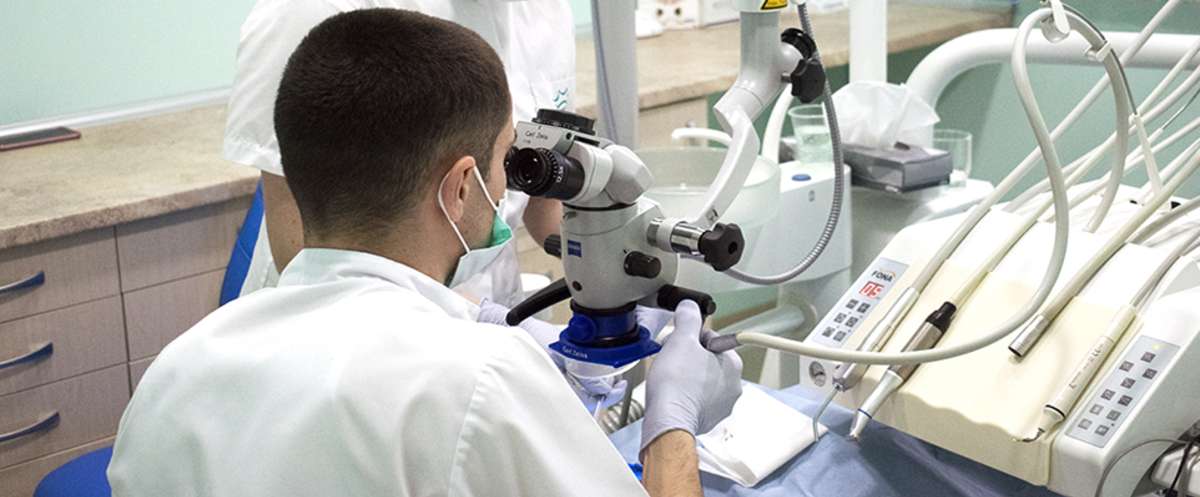1. Introduction: The Hidden Danger in Your Gums
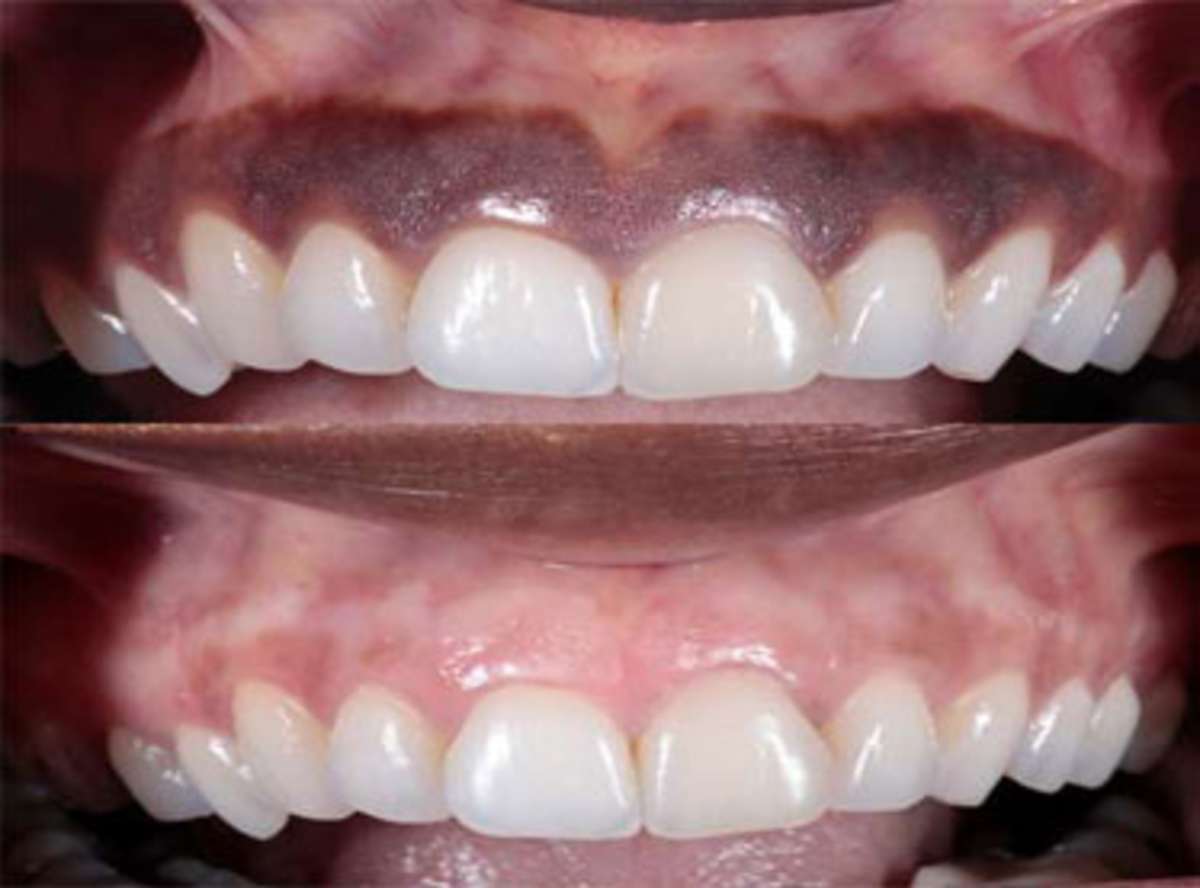
Behind every beautiful smile lies a healthy foundation—your gums. While most of us chase whiter teeth, the truth is gum disease often creeps in unnoticed, silently damaging your oral and overall health. If left untreated, it can lead to tooth loss, chronic infections, and even affect your heart and immune system.
At Stunning Dentistry, we believe that gum health is the gateway to total well-being. We blend luxury with technology to offer painless, precise, and personalised gum treatments in the heart of New Delhi.
2. What Is Gum Disease?
Also known as periodontal disease, gum disease is an infection that affects the soft tissue and bone supporting your teeth. It usually starts as gingivitis (mild gum inflammation) and can develop into periodontitis, where the gums pull away from the teeth, forming pockets of infection.
Gum disease is progressive, chronic, and preventable—especially with the right dental partner.
3. Warning Signs: When Your Gums Call for Help
Your gums might be whispering signs of distress. Here’s what to watch for:
• Bleeding while brushing or flossing
• Red, swollen, or tender gums
• Gum recession (longer-looking teeth)
• Persistent bad breath
• Loose or shifting teeth
• Pus near gum lines
Don’t wait for pain—by then, the damage could be advanced.
4. Causes: Why Does Gum Disease Happen?
From daily habits to health conditions, gum disease has multiple triggers. Key causes include:
• Plaque accumulation from inadequate oral hygiene
• Smoking and tobacco use
• Fluctuating hormones (pregnancy, puberty, menopause)
• Genetics – if gum disease runs in your family
• Systemic diseases like diabetes and cancer
• Nutritional deficiencies, especially low vitamin C
5. The Journey of Gum Disease
Imagine gum disease like a four-step staircase:
Stage Name Symptoms Can It Be Reversed?
1 Gingivitis Bleeding gums, mild swelling Yes, 100%
2 Early Periodontitis Minor bone loss, gum recession Partially
3 Moderate Periodontitis Loose teeth, gum pocketing Not fully
4 Advanced Periodontitis Tooth loss, major bone loss Irreversible
6. Stunning Dentistry’s Advanced Gum Treatments
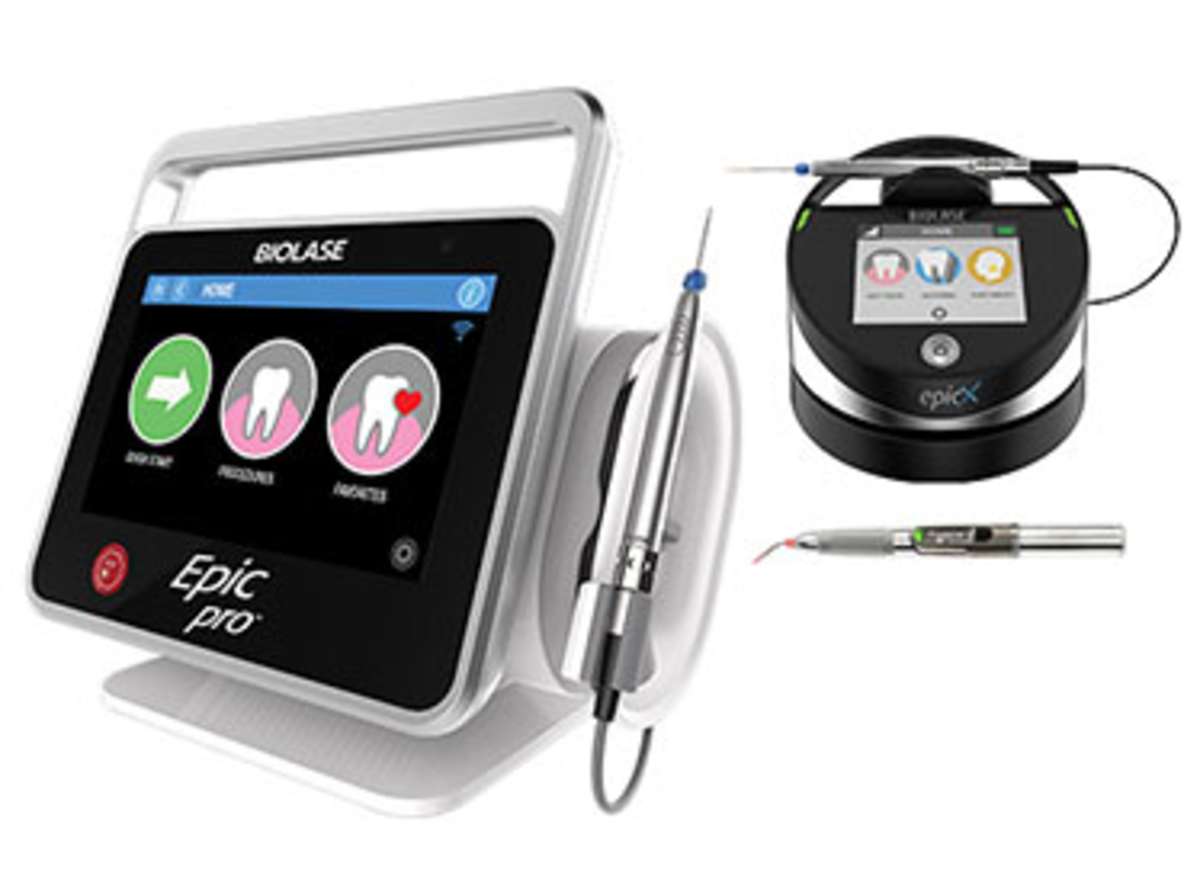
Welcome to a revolution in gum care. At Stunning Dentistry, our periodontal procedures are non-invasive, pain-free, and powered by AI diagnostics and laser precision.
Our Signature Periodontal Services:
• Microscopic Scaling & Root Planing – Deep cleaning under high magnification
• Laser Gum Therapy – Kills bacteria and stimulates gum regeneration
• Platelet-Rich Fibrin Therapy (PRF) – Accelerates healing naturally
• Gum Recontouring & Grafting – Restores aesthetics and structure
• LANAP – Laser-based therapy with zero sutures, faster recovery
Every treatment is custom-designed, ensuring minimal discomfort and maximum recovery speed.
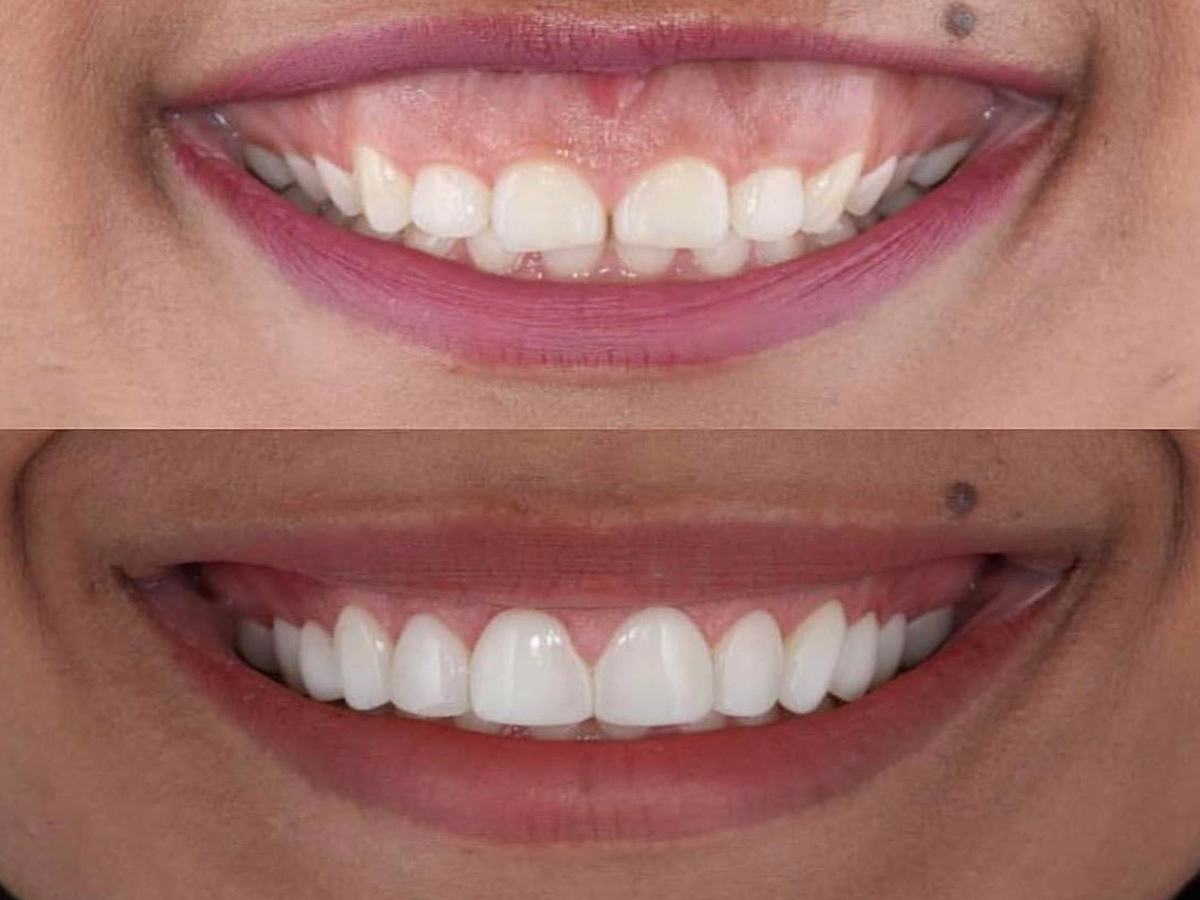
7. Lifestyle Tweaks for Healthier Gums
Prevention plays a crucial role in maintaining gum health. Here’s what our experts recommend:
• Brush with fluoride toothpaste twice daily
• Floss or use interdental brushes daily
• Quit smoking and limit alcohol
• Rinse with an antibacterial mouthwash
• Visit a dentist every 6 months for professional cleanings
• Eat nutrient-rich foods (greens, citrus fruits, whole grains)
Small habits, big difference.
8. Gum Disease Progression vs. Treatment Effectiveness (Graph Description)
Graph Concept:
• X-Axis: Stages of Gum Disease
• Y-Axis: Effectiveness of Treatment
9. Why Choose Stunning Dentistry for Periodontal Excellence?
Stunning Dentistry isn’t just a clinic—it’s an experience. As India’s foremost luxury dental practice, we provide evidence-based, technologically advanced gum care, wrapped in comfort and exclusivity.
What Makes Us Different:
• Globally trained gum specialists
• AI and laser-assisted periodontal surgeries
• Swiss, German & American technologies
• 100% sterilisation protocols using triple-layer barriers
We’ve transformed the smiles of high-profile individuals, celebrities, and global travelers, and now we’re ready to transform yours.
Take the First Step to Gum Wellness
A healthier smile begins at the roots—your gums. Whether you’re noticing bleeding gums or want preventive periodontal care, Stunning Dentistry offers the most advanced, patient-centric gum treatments in India.
Schedule your consultation today and experience gum care reimagined—painless, precise, and personalised.







